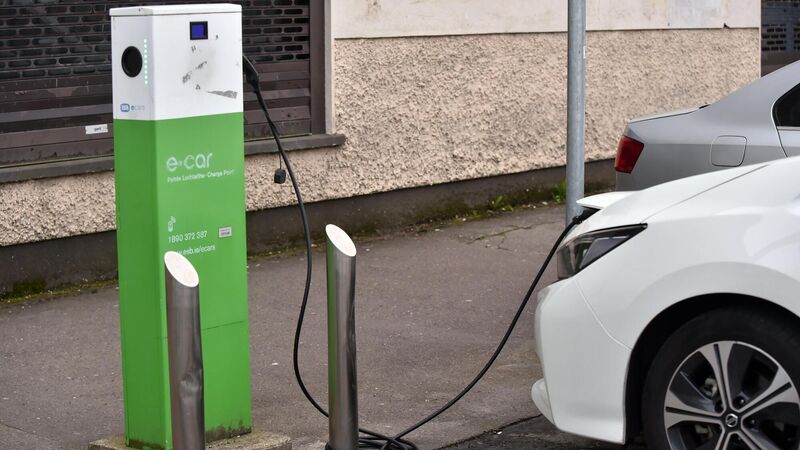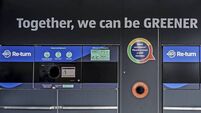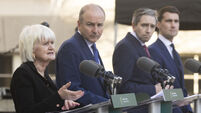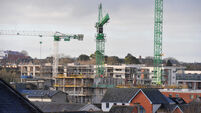Ireland faces an uphill battle to cut emissions in transport

One of the challenges in meeting our climate change targets is that while cars are getting more efficient, the energy savings are being outstripped by growth in demand. Picture: Eddie O'Hare
The Environmental Protection Agency (EPA) projections published last week should be a stark wake-up call. Even with half a million electric vehicles (EVs) by 2030, emissions in transport will barely reduce.
Reaching the full target of nearly 1m EVs will reduce transport emissions by less than a quarter relative to 2018. That is only half of what is needed.
CLIMATE & SUSTAINABILITY HUB
















